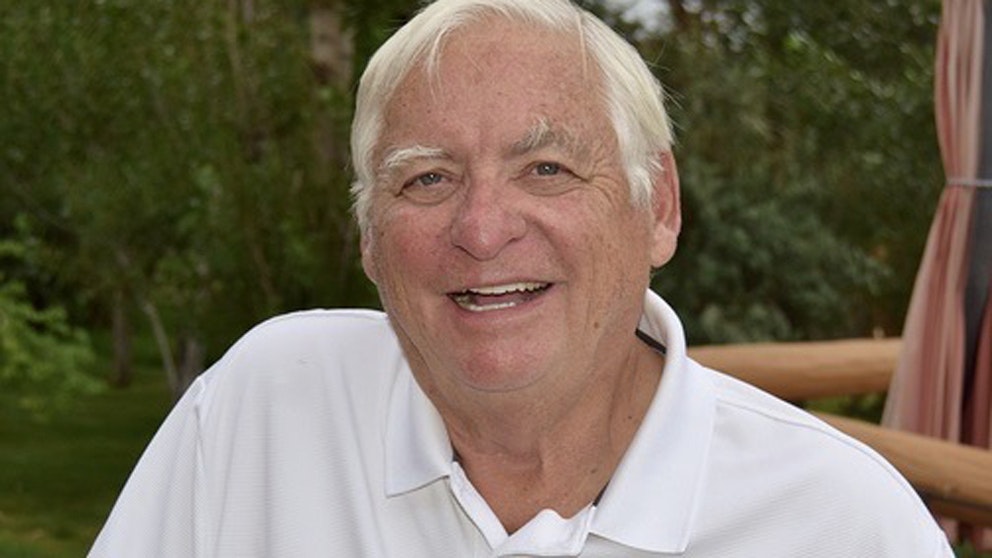“Dear God, please help us get through this awful mess of a highway. If you get us through safely, so help me, we will never do anything bad again.”
Prayers like this and many more variants emanate from folks in a long line of cars stranded in blizzards on a horrible stretch of winter highway dubbed the “Snow Chi Minh Trail” – aka Interstate 80.
Like so many Wyomingites, our family has been there so many times.
This area is commonly referred to in the last four decades as the “Snow Chi Minh Trail.” Where did that name come from?
Ho Chi Minh Trail
My generation knew about the Ho Chi Minh Trail because it was the main supply chain route for the bad guys during the Vietnam War back in the 1960s and 1970s.
Some recent research credits a couple of old codger newspapermen as being responsible for coming up with the “snow” version of this name for this treacherous stretch of interstate highway.
John Waggener, an archivist and historian for the American Heritage Center at the University of Wyoming, is my go-to expert. He wrote the recent best-selling book “Snow Chi Minh Trail,” and he now has tracked down the origin of the name.
As a Wyoming journalist back in the 1970s, I complained constantly about road conditions on Interstate 80. I would love to claim credit for spreading the name. Alas, John did not discover that I was the clever writer who coined the term.
With his latest research, he now cites famed Denver Post columnist Red Fenwick with referring to the road as follows. Fenwick wrote it is a “White Elephant,” of course referring to the snow and to a road that Wyoming now had to deal with. He called it the Ho Chi Minh Trail.
Then, pointing to the Vietnam reference, he said folks in the Laramie-Rawlins area “call it that not because it is so frequently bombed, but because southern Wyomingites are convinced that the engineers who designed it were bombed. ‘Bombed’ is a silly synonym for plastered, zonked, crocked.’”
Fenwick wrote this Feb. 21, 1971.
It was a month prior to that time that our family had our first horrible winter experience on that highway. We were returning to the Cowboy State after a Christmas trip to visit relatives in Iowa when we got stranded in a white-out between Laramie and Rawlins. It was just terrible. It scared me to death and I complained about it extensively in my column in the Wyoming State Journal in Lander.
But it took another old pro, Phil McAuley, editor of the Casper Star-Tribune, who five days later took issue with Fenwick’s column by writing: “He (Fenwick) should know better. It’s no longer called the Ho Chi Minh Trail. It’s now called the Snow Chi Minh Trail.”
Not sure who McAuley was quoting, but the name stuck from then on, according to Waggener’s research.
At the point McAuley had written his story, the road had been open for four months and already had been closed 200 hours, according to then-Highway Department Superintendent Ross Stapp.
Waggener said truck drivers had started to use the term shortly after those February newspaper columns.
Fenwick died in 1982 in Cheyenne at the age of 73 and McAuley died in 2001 at the age of 74 in Casper. Both were legendary newsmen in the region.

51 Years Of Complaints
Wyoming people have complained for 51 years about the location of the road. Anybody with local knowledge knew that the current mountain route was a disaster, especially in the six months of winter. They all preferred the current route of U.S. Highway 30.
Waggener has done more research than anyone on that road and he recently sent me a few more nuggets that he thought would be interesting to our readers.
For example, Waggener writes:
“I had heard stories about an earlier survey for a route that was even closer to the mountain! I did find a reference to this, so I did make note in my book but nothing more than that. However, since my book came out in the fall of 2020, I have now confirmed there was such a survey. I even was given the actual survey roll by one of the survey crew members. I have made a scan of a portion of it and it is published here.
“This survey shows the Feds actually had a proposal to locate the road south of the town of Elk Mountain. The road literally would have passed at the foot of Elk Mountain via Halleck Pass. The road would have been several miles closer to Elk Mountain where the snow and blowing snow impact would have been even greater.
“You will see on the late 1950s survey a red line, which is the route that eventually was selected and a proposed ‘blue line’ that passes south of the town of Elk Mountain.”
It is hard to imagine the level of stubbornness that would cause national officials to make these stupid decisions about the site of the roadway. We all have paid the price for this ever since.
Thanks, John, for sharing this historical information.





